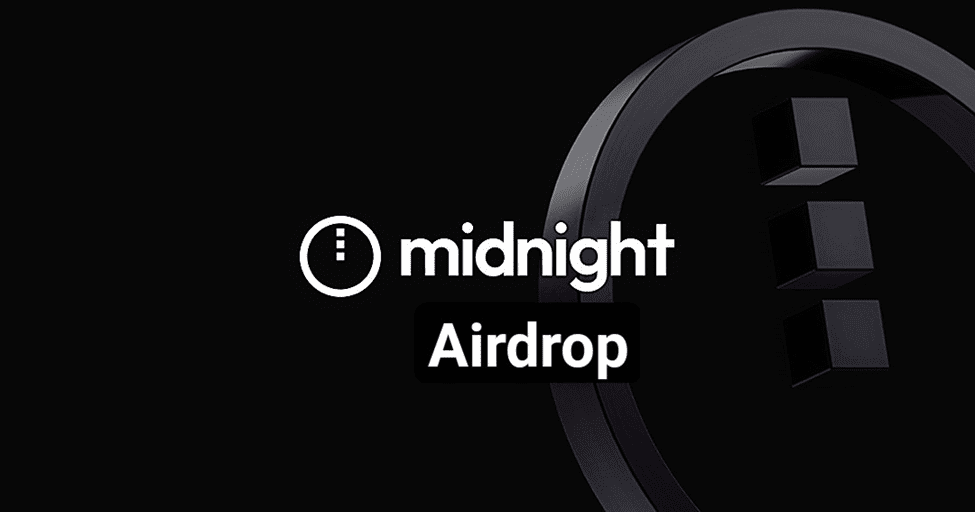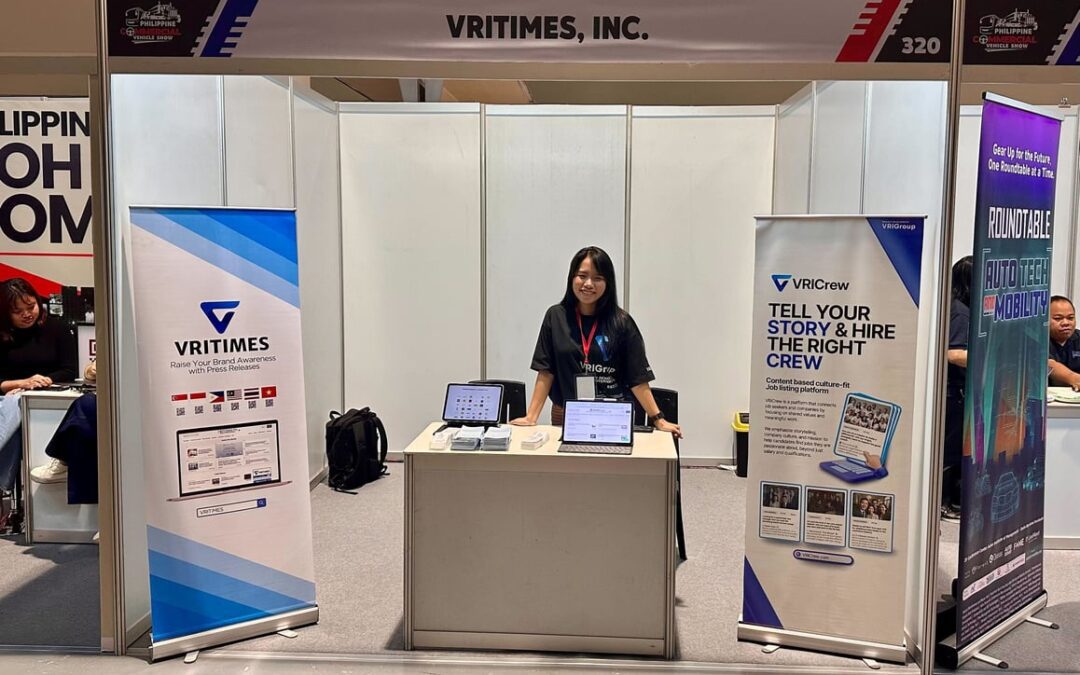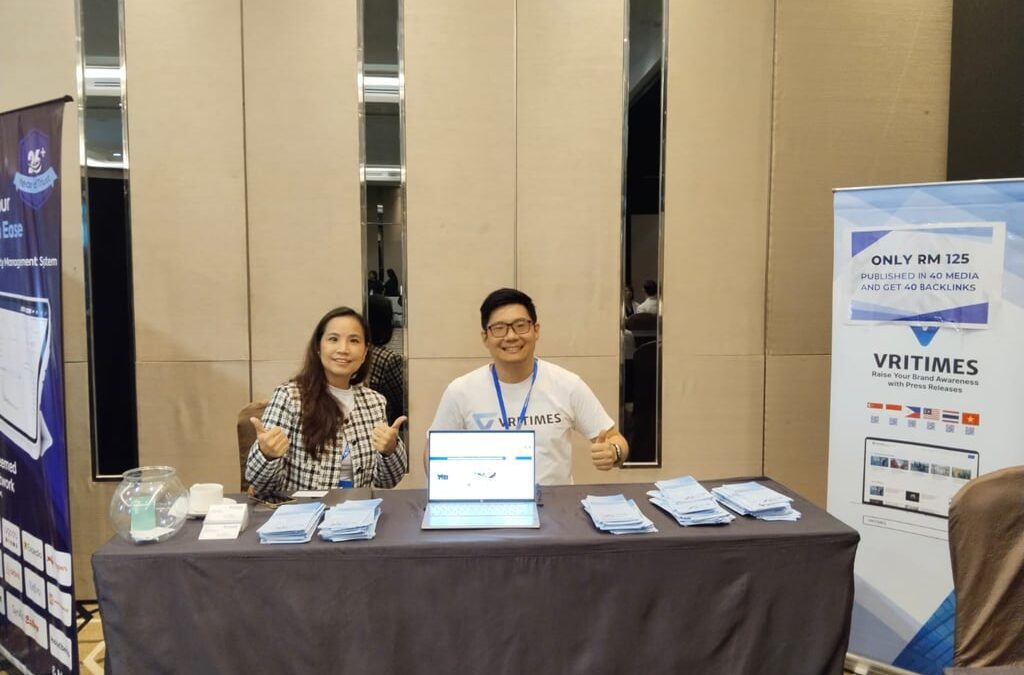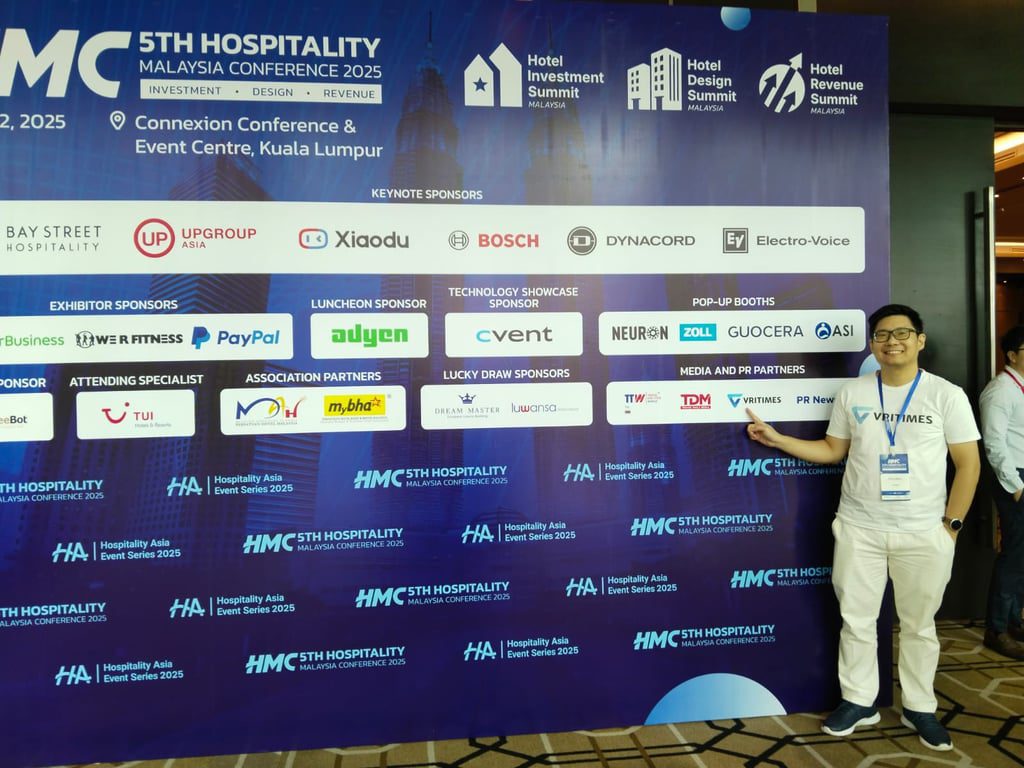
by | Jul 3, 2025 | Business
Midnight Network, a privacy-focused Cardano sidechain, launches a record-breaking airdrop, Cardano Miidnight Airdrop or Glacier Drop, distributing 24 billion NIGHT tokens across eight major blockchains. Discover how it works and why it matters.
In an unprecedented move poised to reshape the way blockchain projects distribute tokens, Midnight Network, a privacy-first sidechain built on the Cardano ecosystem, has announced its massive “Glacier Drop“, an airdrop of 24 billion NIGHT tokens.
Unlike typical airdrops limited to a single blockchain community, Midnight’s initiative spans eight major networks, marking a significant shift toward inclusive, multi-chain user engagement.
What Is the Glacier Drop?
The Glacier Drop is Midnight Network’s inaugural airdrop event, distributing NIGHT, the governance token of its ecosystem, to over 37 million users.
Eligibility was determined by a snapshot taken on June 11, 2025, and applies to holders of at least $100 worth of tokens on the following chains:
- Cardano (ADA)
- Bitcoin (BTC)
- Ethereum (ETH)
-
Ripple (XRP)
-
Solana (SOL)
-
BNB Chain (BNB)
-
Avalanche (AVAX)
-
Basic Attention Token (BAT)
NIGHT Token Allocation Breakdown
The 24 billion NIGHT tokens will be distributed as follows:
- 50% (12 billion) to Cardano (ADA) holders
-
20% (4.8 billion) to Bitcoin (BTC) holders
-
30% (7.2 billion) shared among ETH, XRP, SOL, BNB, AVAX, and BAT holders
Vesting Schedule & Redemption
Eligible users will not receive their tokens all at once. Instead, the distribution follows a vesting model:
- 25% unlock every 90 days
-
Full unlock completed in 360 days
Tokens will initially be locked in smart contracts on the Cardano network, and users must claim them within a 60-day window (July–August 2025).
Unclaimed tokens will be redirected to the Scavenger Mine, where they can be earned through computational mining. A Lost-and-Found phase will follow for those who missed the initial claim period.
What Is the Midnight Network?
First revealed in 2023 and developed by Input Output (IO), the team behind Cardano, Midnight Network is designed to support confidential smart contracts using Zero-Knowledge Proofs (ZKPs).
Unlike traditional privacy coins such as Monero or Zcash, Midnight allows selective disclosure, giving users control over what data is shared and with whom.
Key use cases include:
- Privacy-preserving DeFi
-
Confidential medical and identity data storage
-
Secure enterprise-grade blockchain interactions
Midnight aims to bridge the gap between privacy and compliance, enabling real-world use without compromising on data protection.
NIGHT and DUST: The Dual Token Model
Midnight’s ecosystem will run on a two-token system:
- NIGHT: Used for governance and staking
-
DUST: A utility token used for private transactions and executing smart contracts
Unlike most blockchain projects that reserve large token shares for VCs and insiders, Midnight is entirely user-focused. 100% of NIGHT tokens in the initial phase are designated for the community.
Bridging to XRP: DeFi Without Moving Coins
One of the most innovative features of Midnight is its upcoming DeFi bridge to the XRP Ledger. This bridge allows XRP holders to engage in staking, lending, and liquidity provision, without transferring tokens off-chain.
By leveraging confidential smart contracts, the bridge ensures privacy while expanding XRP’s functionality. Additionally, Midnight is exploring compatibility with RLUSD (Ripple’s stablecoin) and Cardano’s Lace wallet, signaling deeper interoperability.
How Midnight Differs From Other Airdrops
The Glacier Drop is being compared to recent airdrops from Jupiter and Starknet, both of which distributed billions in tokens. Yet, Midnight sets itself apart in several key ways:
- Largest by participant count: 37 million eligible addresses
-
No VC involvement: Community-first approach
-
Cross-chain reach: Touches multiple blockchain ecosystems
-
Strong privacy framework: Built with ZKPs for selective transparency
-
Post-airdrop utility: Real-world use cases beyond speculation
By focusing on network-wide inclusion instead of quick financial gain, Midnight may redefine the future of token distribution.
What Comes Next?
The Midnight Network is currently in testnet, with a full mainnet launch expected in late 2025, approximately 90 days after the Glacier Drop.
Updates on the claiming process, integrations, and mainnet features are expected in the coming months.
This project could spark a new era of decentralized, privacy-respecting finance, prioritizing community ownership and cross-chain interoperability.
Conclusion
The Glacier Drop isn’t just an airdrop, it’s a vision for the future of blockchain privacy and community-led growth.
With 24 billion tokens, a dual-token system, and support for eight major blockchain networks, Midnight is poised to become a cornerstone of Web3’s next evolution.
For anyone interested in the convergence of privacy, DeFi, and blockchain inclusivity, Midnight is one to watch.
Stay ahead of the crypto curve, follow the Bitrue Blog for the latest updates on airdrops, blockchain tech, and market insights.
This Press Release has also been published on VRITIMES

by | Jul 3, 2025 | Business
VRITIMES Philippines took center stage at the Commercial Vehicle Show 2025, held from July 3 to 5 at the SMX Convention Center in Pasay City. As a leading press release distribution platform, the company demonstrated how its solutions can elevate brand visibility and streamline communication for businesses in the transport and logistics sectors. With growing interest in commercial mobility, VRITIMES is positioned to support industry players in expanding their reach through powerful and efficient media tools.
Manila, Philippines – July 3, 2025 – VRITIMES Philippines, a leading press release distribution platform, is proud to announce its participation in the Commercial Vehicle Show 2025, taking place from July 3 to 5 at the SMX Convention Center, Pasay City. This major trade event brings together key players from the transportation, logistics, and fleet management sectors to explore innovations and expand business connections.
At the VRITIMES booth, attendees can discover the company’s easy-to-use platform that simplifies press release creation, distribution, and performance tracking. Designed for growing businesses, the system helps commercial vehicle companies amplify their reach, engage target audiences, and drive brand recognition across multiple media outlets.
“We’re proud to showcase our technology at the Commercial Vehicle Show 2025,” said Ronto Katsura, Country Manager of VRITIMES Philippines. “The event brings together the core of the transport ecosystem, and it’s the perfect venue to highlight how our platform can support logistics firms, vehicle dealers, and service providers in strengthening their market presence through strategic media distribution.”
With the ongoing growth of the mobility and logistics industries in the Philippines, VRITIMES aims to be a reliable partner for brands looking to expand visibility, announce milestones, and communicate with impact. The company’s platform enables even small to mid-sized businesses to gain media traction typically reserved for larger corporations.
For more information about VRITIMES Philippines and its services, please visit www.vritimes.com.
This Press Release has also been published on VRITIMES

by | Jul 3, 2025 | Business
Khriz Zaragoza, the voice behind Khrizclusive.com, has officially been named one of the Philippines’ top SEO specialists, recognized for his sharp expertise in on-page SEO, his growing influence in digital PR, and his pioneering work in Pinterest as a search-driven traffic source.
Through his blog Khrizclusive, Khriz has become a trusted resource not only for clients but also for freelancers and marketers looking to cut through the noise and understand what actually works in SEO today. His trademark? Telling the truth about algorithms, productivity, and life online, equal parts tactical and brutally honest.
On-Page SEO That Moves the Needle
For over a decade, Khriz has specialized in on-page SEO, optimizing websites so they rank higher, load faster, and convert better. His method blends smart keyword mapping, topical authority building, and content strategies that align with what users want to find (not what SEO checklists tell you to do).
Over the years, he has helped brands across North America, Europe, and Southeast Asia increase organic visibility without relying on gimmicks or empty metrics.
“SEO isn’t about hacking the system anymore,” he says. “It’s about understanding what the system and the people using it.”
Putting Pinterest on the Map (Literally)
Khriz was one of the first in the Philippine SEO space to push Pinterest beyond its stereotype as just a “visual mood board” platform. He’s proven that Pinterest behaves like a search engine, not social media and that it can drive long-tail, evergreen traffic when integrated with SEO.
Through tutorials and case studies on Khrizclusive, he continues to teach marketers and business owners how to use Pinterest SEO as a complement to Google, diversifying their traffic sources and future-proofing against algorithm updates.
Khrizclusive: The Blog Where SEO Meets Chaos (and Productivity)
Beyond client work, Khriz documents his observations, tactics, and hard-won lessons on his blog, Khrizclusive. Part SEO tips archive, part Pinterest playbook, part personal journal about staying sane(ish) in a fast-paced industry, the site has become a favorite among freelancers who appreciate honesty with a side of dark humor.
“Too much of the productivity space is either unrealistic or unbearably serious,” Khriz explains. “I write about what it feels like to juggle SEO, clients, and mental health. Because if you can’t laugh at the chaos, you’re probably crying.”
Who is Khriz Zaragoza?
10+ years of experience in on-page SEO, content strategy, and digital PR
Founder of Khrizclusive.com, a blog blending SEO insights, Pinterest strategies, and real-life productivity confessions
Advocate for Pinterest SEO as an untapped traffic source
Mentor and writer helping Filipino freelancers cut through industry noise
Advocate for ethical, algorithm-resilient digital strategies
Either he’s optimizing your site’s structure, mapping keywords that convert, or showing you how to make Pinterest work like Google, Khriz brings both strategy and soul to the ever-changing world of digital marketing.
This Press Release has also been published on VRITIMES

by | Jul 3, 2025 | Business
As global energy demands surge, the question remains: Can we drive progress without harming the planet? Alsons Power Group believes the answer is clear — it is possible to power with care.
At Alsons Power, growth is never pursued at the expense of the environment. For the Group, sustainability means protecting nature while empowering communities to thrive.
“More than safeguarding the last remaining forests, we at Alsons Power are committed to bringing our forests back to life,” says Antonio Miguel B. Alcantara, CEO of Alsons Power.
Through its Maasim-based subsidiaries —Sarangani Energy Corporation (SEC) and Siguil Hydro Power Corporation (SHPC) — Alsons Power is leading the Watershed Enhancement Project (WEP) in partnership with the Conrado & Ladislawa Alcantara Foundation, Inc. (CLAFI).
Restoring the Siguil River Watershed
As part of its commitment to sustainability, Alsons Power launched the WEP in 2018, further strengthening its environmental efforts in Maasim, Sarangani. Focused on revitalizing the Siguil River watershed, WEP is more than an environmental initiative; it is a model of inclusive development. By integrating reforestation, water resource conservation, and biodiversity protection, the program seeks to transform the Siguil River Watershed into a self-sustaining ecosystem.
In celebration of Philippine Environment Month this June, Alsons Power reaffirms its dedication to environmental stewardship. The Group joins the nation in highlighting the importance of protecting the country’s natural resources, especially critical ecosystems like the Siguil River Watershed.
The Siguil River is one of the major river systems in Sarangani Province, playing a vital role in the region’s ecological balance and livelihood. It runs along the boundary between Sarangani and South Cotabato Provinces. It is a key natural resource, supporting agriculture, biodiversity, and livelihood.
Alsons Power’s WEP integrates assisted natural regeneration (ANR) and enrichment planting while promoting agroforestry and Sloping Agricultural Land Technology (SALT). This not only strengthens the environment but also bolsters the local economy.
Beyond environmental preservation, WEP has also improved the lives of local communities, particularly farmers and Indigenous People (IPs). By empowering them as stewards of the land, the program supports sustainable livelihoods and paves the way for more resilient and inclusive growth.
As of the first quarter of 2025, WEP recorded the planting of 71,523 trees, including 36,337 agroforestry and 35,186 reforestation species, with an impressive 99% survival rate. Partner farmers not only met targets but exceeded them by cultivating and planting seedlings from their own farms, reinforcing community ownership and sustainability.
“Each tree we plant is a step toward a greener future; a testament to Alsons Power’s deep-rooted commitment to sustainability and stewardship,” says Alcantara.
Empowering Communities, One Seedling at a Time
WEP’s impact goes beyond planting trees; it’s about cultivating knowledge. Since 2018, the program has provided hands-on training to local farmers, improving their coffee farming techniques. From seedling propagation to harvesting, processing, and post-harvest care, the program has equipped farmers with the skills needed to enhance the sustainability and market value of their crops.
“In the past, we planted coffee but didn’t know how to care for it. Most of it would die,” recalls IP farmer Manasan Galante. “Now, our farms are thriving. Alsons Power and CLAFI gave us the knowledge and support we needed. God has truly used your efforts to uplift us here in the mountains.”
This transformation was celebrated at the Coffee Harvest Festival, where 17 partner farms in Sitio Datal Basak yielded 754 kilograms of coffee cherries. Farmers have now mastered advanced techniques, such as drying, dehulling, and sorting green coffee beans (GCBs), producing 241 kilograms of premium ripe coffee cherries in a single season.
A Future Rooted in Care
Alsons Power’s environmental efforts in Maasim is a story of growth not just in trees and harvests, but in hope, resilience, and shared responsibility. From reforestation to sustainable farming, the Group continues to prove that environmental stewardship and progress can move forward together.
“Powering with Care means taking action, restoring the environment and supporting communities, so we can make a lasting impact today and build a better future for generations to come,” said Alcantara.
Rooted in its brand promise, “We Power with Care,” Alsons Power envisions a future where people, nature, and industry grow in harmony, ensuring a better tomorrow for all.
This Press Release has also been published on VRITIMES

by | Jul 2, 2025 | Business
Kuala Lumpur, 2 July 2025 – VRITIMES, a leading press release distribution platform, is proud to announce its participation in the 5th Hospitality Malaysia Conference (HMC2025) held today at the Connexion Conference & Event Centre in Kuala Lumpur. As an exhibitor, VRITIMES presented its cutting-edge media technology solutions to over 400 delegates from more than 10 countries, including Singapore, Indonesia, Thailand, the Philippines, Vietnam, Japan, China, India, Australia, the United Kingdom, and the United States .
The conference, organized by Hospitality Asia Media Pte. Ltd., serves as a premier platform for industry leaders to explore emerging trends and innovations in the hospitality sector. This year’s event featured three concurrent summits focusing on hotel investment, design, and revenue management, addressing the evolving demands of modern travelers and the integration of technology in hospitality services.
At its booth, VRITIMES engaged with professionals from various sectors, including hotel owners, designers, fintech innovators, and wellness consultants. The company’s team demonstrated how its platform enables businesses to create, distribute, and analyze press releases efficiently, enhancing media outreach and brand visibility.
“We are excited to be part of HMC2025 and to showcase how VRITIMES can empower businesses in the hospitality industry to communicate effectively and reach their target audiences,” said Ferry Bayu, CEO of VRITIMES. “This conference provides an excellent opportunity to connect with industry professionals and discuss the future of media relations in the hospitality sector.”
This Press Release has also been published on VRITIMES












You must be logged in to post a comment.